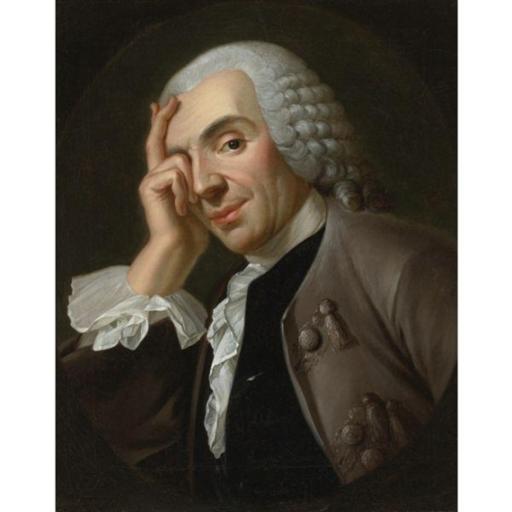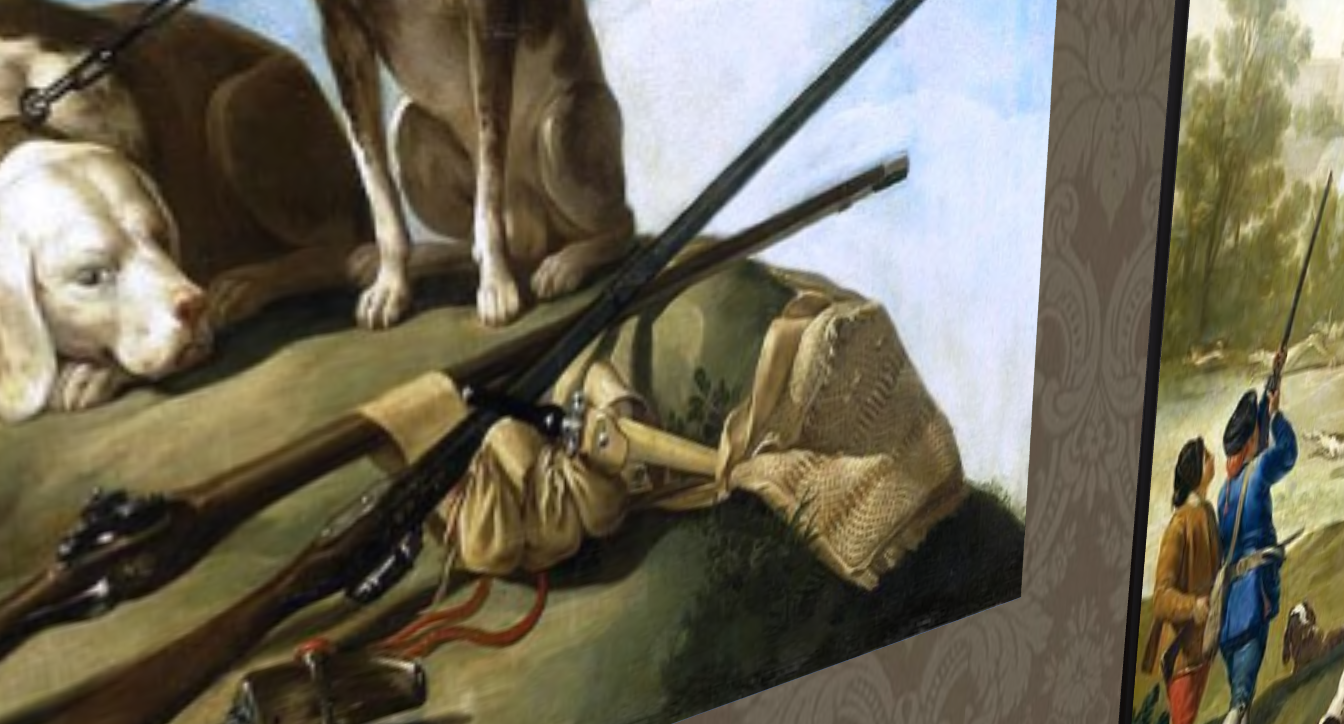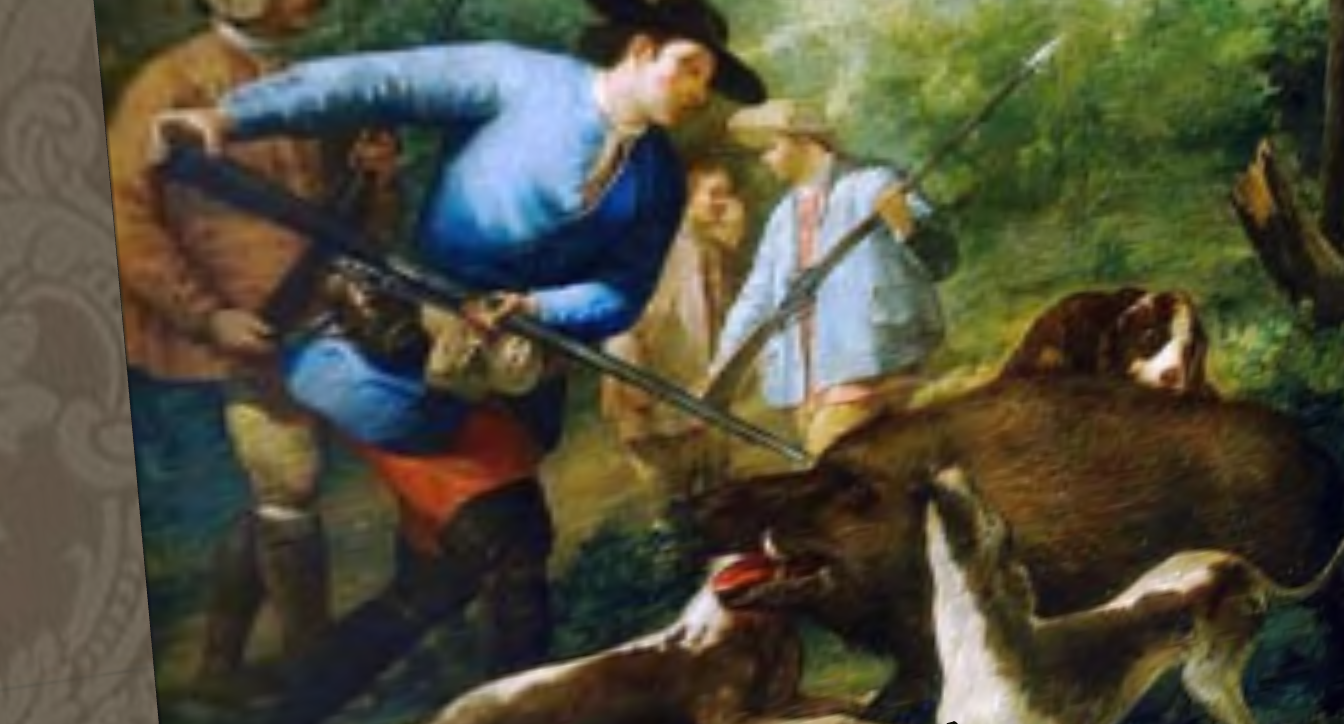
VW: Second Life
Location: Saint Louis, MO
Country: US

A Visit to the Goya Exhibition
When we think of the great Spanish artist Goya, I suspect many of us immediately think of his brutally graphic "Disasters of War" series. But long before he set to recording the horrors associated with the French occupation of Spain and the Peninsular Wars during the Napoleonic era, Goya was a well-known romantic artist and portraitist, and served as the official court painter of the Spanish Bourbon monarchy. Thanks to information provided the Royal Courts of SL Ning, some some of us became aware the people of the SL spanish court at theVilla del Real Sitio de Aranjuez, Villafranca Palace have assembled an exhibiton of Goya's work from this earlier part of his life. I have now visited the exhibition several times in the company of some good friends, and we all found the show to be appealing, informative and intriguingly thought-providing.
The subject matter of the exhibition is Francisco de Goya's "tapestry cartoons," a set of paintings created by the artist between 1775 and 1792 for the Royal Tapestry Factory of Santa Barbara. These painted "cartoons" were translated by weavers at factory into tapestries that were in many cases hung in rooms of the Spanish royal palaces.
This scenes in the paintings represent country life, hunting, children at play and activities of everyday people. The show is installed in a room in what I believe is the home of Princess Maria Luisa of Borbon-parma, who is also listed on the Ning as the organizer of the exhibition. The exhibition is modest in size (about 15 peices) but as the reproductions of the artwork are large and of good enough quality to facilitate viewing, you may find yourself spending a very long time in the exhibit as we did.
On my first visit to the show I was accompanied by my friend Donna Gabriella-Maria de Gramont, a lady who is possessed of a wonderful ability to examine and discuss art in a manner that goes well beyond superficial appearances. And this is something that you really have to do with this artwork of Goya. There is a great deal more going on in each scene than appears at first glance. For example, when you really look closely at the painting of men playing cards, it initially seems to be a happy, friendly situation. But look at it for a while, study what is actually going on, and you realize that Goya is observing something slightly darker in human nature.
I won't spoil the joke for you, but I will share that Donna Gabriella commented that she felt the painting should be entitled "Fools and Cheats."
I visited the show again on Saturday morning with my old friend, la Baronessa von Khr, a lady with a discerning eye for historical detail. Her observation was that the show provided some very interesting insights into the dress and behaviors of everyday people in late 18th century Spain. We were both extremely intrigued by the series of paintings that represented hunting scenes, of which there are quite a few as hunting was a primary interest of the Spanish king and princes.
 One has the sense that the representations of hunting costume,, equipment and tactics must be relatively accurate, as the royal interest and familiarity with hunting would no doubt meant that Goya's customers would not have been happy if what was shown in the artwork wasn't dead on. Consequently, among other things, we felt like we learned some very significant things about what a hunt in late 18th century Spain was like. In the detail below you will note that the men hunting a wild boar are not using long boar spears, but seem to be working on dispatching the animal with bayonets on their muskets. One may assume they have already fired their pieces and rather than taking time to reload, are attacking with fixed bayonets to finish off the beast, taking a tried-and-true but remarkably dangerous "up close and personal" approach to the task.
One has the sense that the representations of hunting costume,, equipment and tactics must be relatively accurate, as the royal interest and familiarity with hunting would no doubt meant that Goya's customers would not have been happy if what was shown in the artwork wasn't dead on. Consequently, among other things, we felt like we learned some very significant things about what a hunt in late 18th century Spain was like. In the detail below you will note that the men hunting a wild boar are not using long boar spears, but seem to be working on dispatching the animal with bayonets on their muskets. One may assume they have already fired their pieces and rather than taking time to reload, are attacking with fixed bayonets to finish off the beast, taking a tried-and-true but remarkably dangerous "up close and personal" approach to the task.
The scary reality of what was going on here really struck home when we looked closely at an accompanying painting of some hunters' equipment and noted that Goya clearly depicts the type of bayonet these fellows were using: an obsolete pattern known as the "plug bayonet." I invite you to talk to the Comtesse de Chiverny about the significance of that (as she is one of the few people you will encounter in-world who has direct experience in using a plug bayonet), but what it comes down to is that these are bayonets that do not lock onto the business end of a musket; they are merely inserted into the muzzle and kept in place by friction and good intentions.
 The exhibition is, I think, best viewed with a friend or friends in order to foster conversation. There does not seem to be any kind of interpretive hand-out or notecards given by the images themselves, so context and interpretation is going to be generated by discussion and bit of judicious googling. But after all, that isn't a bad thing, per se, and we all heartily recommend you visit the exhibition.
The exhibition is, I think, best viewed with a friend or friends in order to foster conversation. There does not seem to be any kind of interpretive hand-out or notecards given by the images themselves, so context and interpretation is going to be generated by discussion and bit of judicious googling. But after all, that isn't a bad thing, per se, and we all heartily recommend you visit the exhibition.
It will be on view at this location until July 31.




Thank you for sharing this! Goya is a technical master who moved far beyond his artistic ability to create scenes and make comments, sometimes comments for his patrons to enjoy, sometimes comments that went right over his patrons' heads ...
I see one of the hunters in blue is also wearing a black Montero, another old fashioned item of clothing, but a practical one. Another excellent article.
a very good point Signora de Bonzac. It is sometimes astonishing what he managed to get away with.
I am glad you liked this, Contessa. It is interesting how we all see different things in the details: I had noticed the caps but did not know about their background:
http://thegoodwyfe.blogspot.com/2011/01/montero-cap.html
This is the wonderful thing about this--we all keep encouraging each other to understand new things. It's why Dio refers to what takes place in historical sims in SL as "cooperative self-directed learning"
You all have my attention here !... as much as I enjoyed this exhibitionthe first time I went, I nowmust return to see it all through new self-directed learning eyes ) Merci and Grazie ~
) Merci and Grazie ~